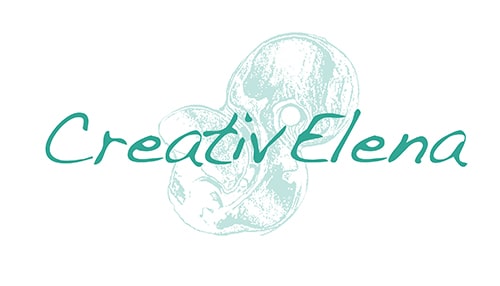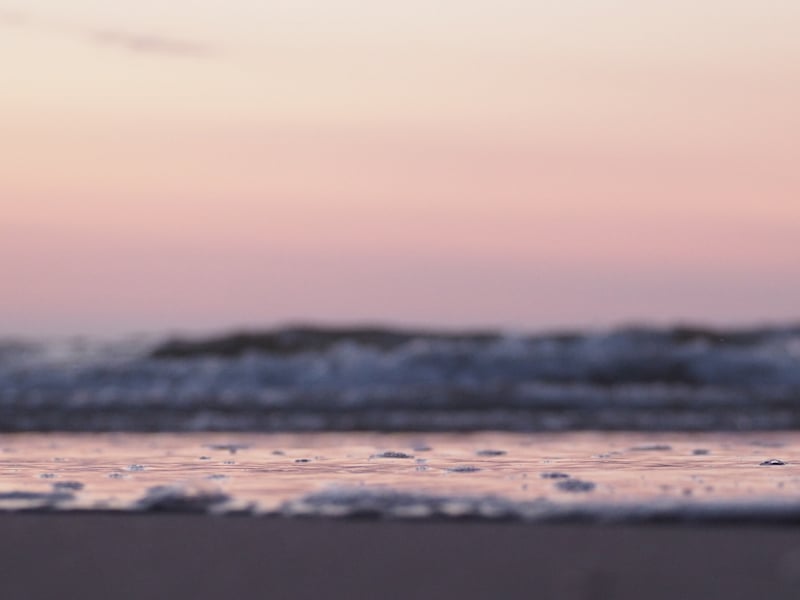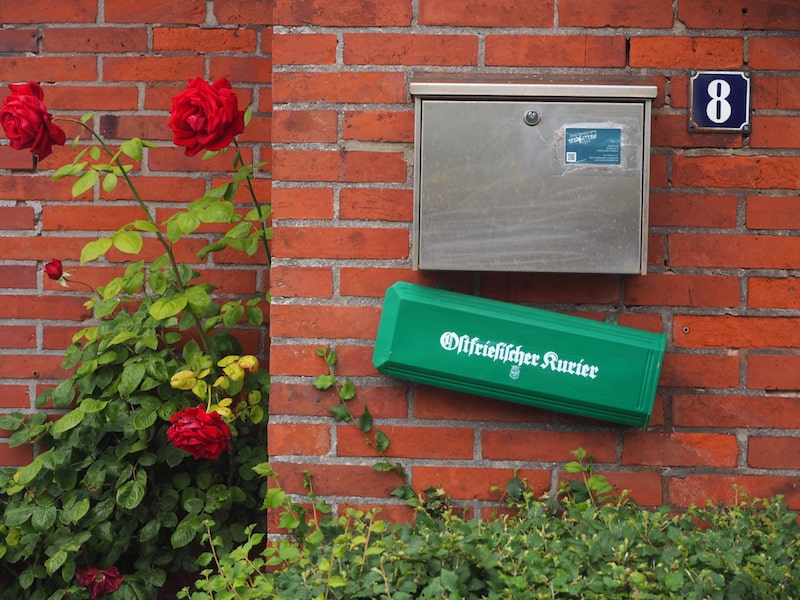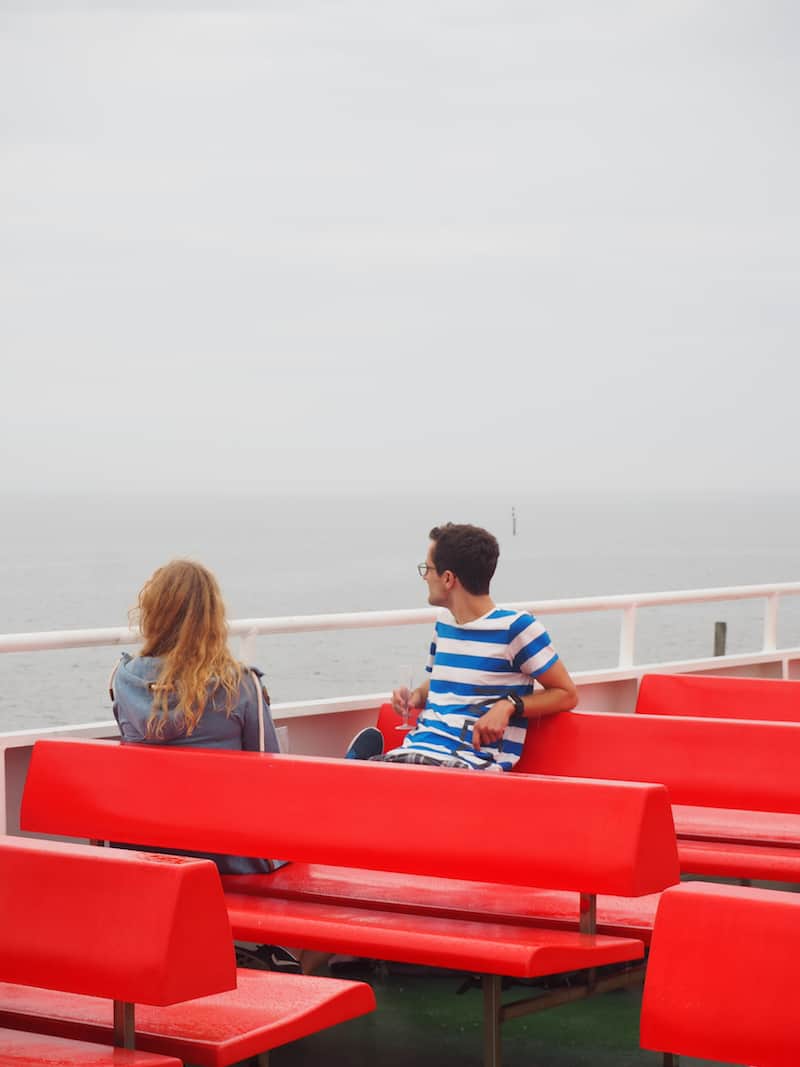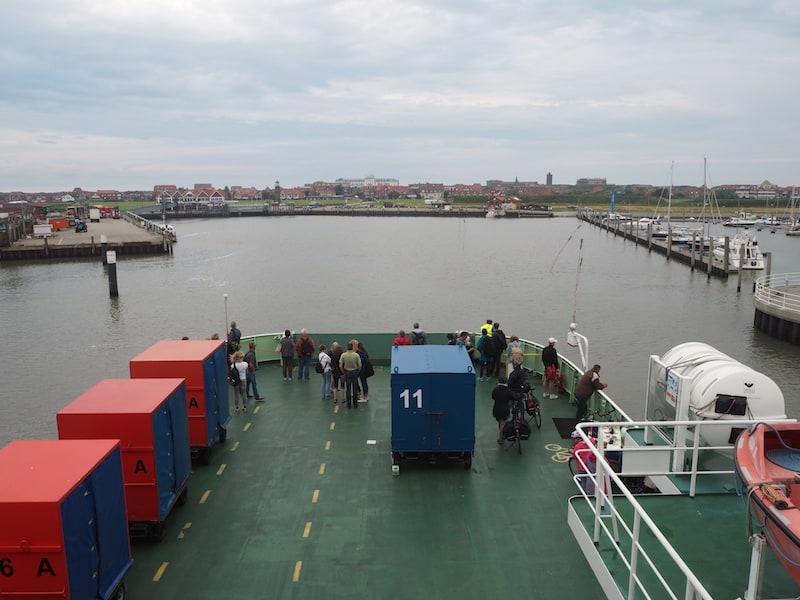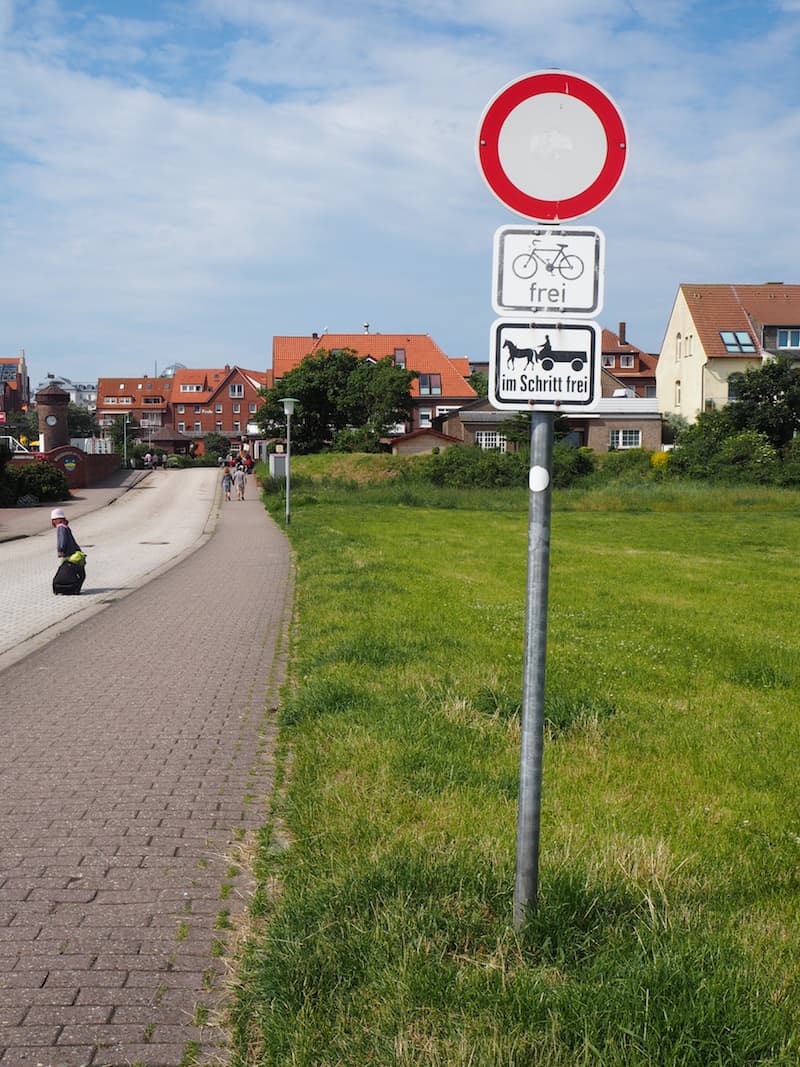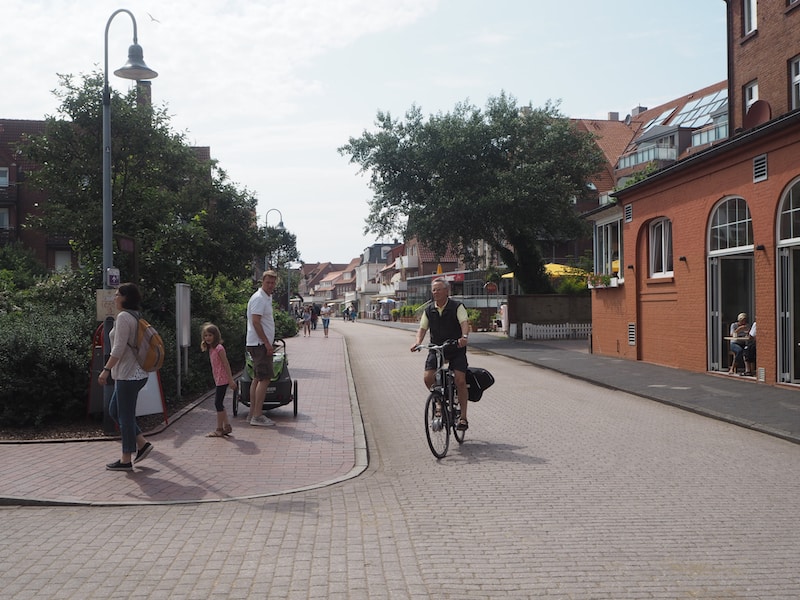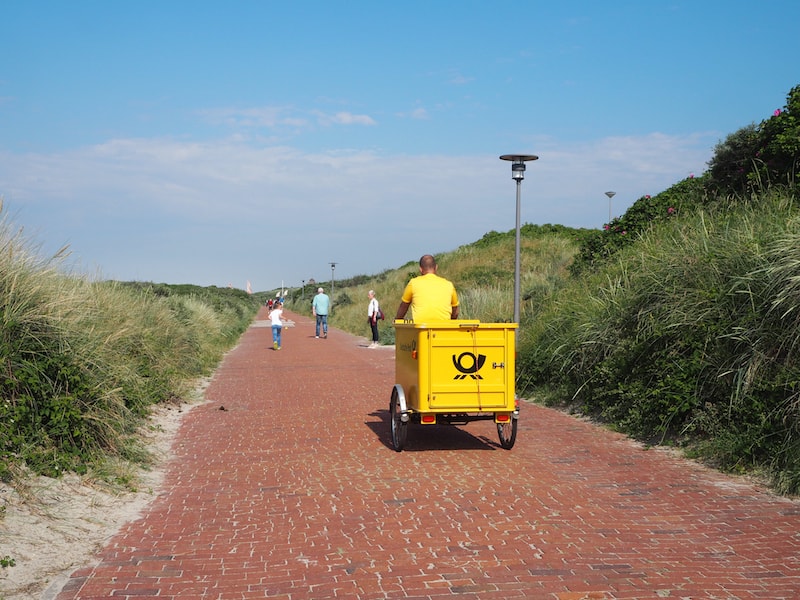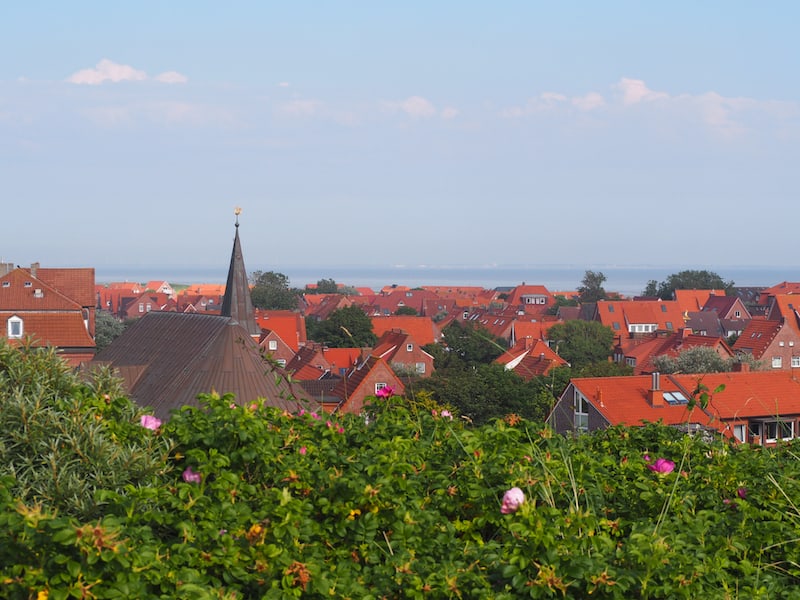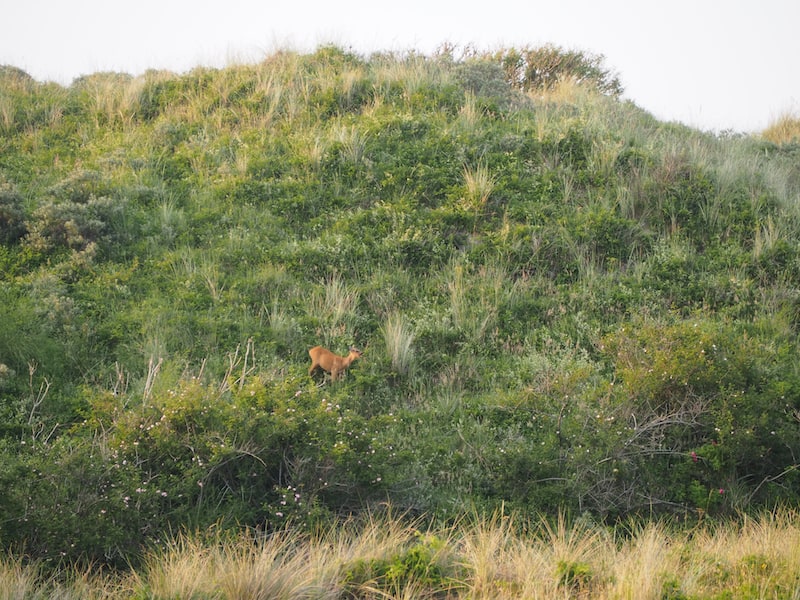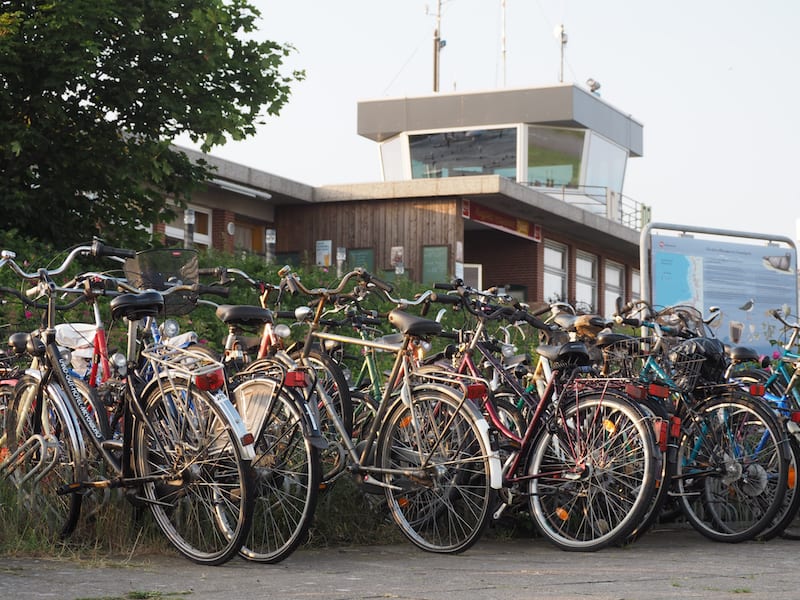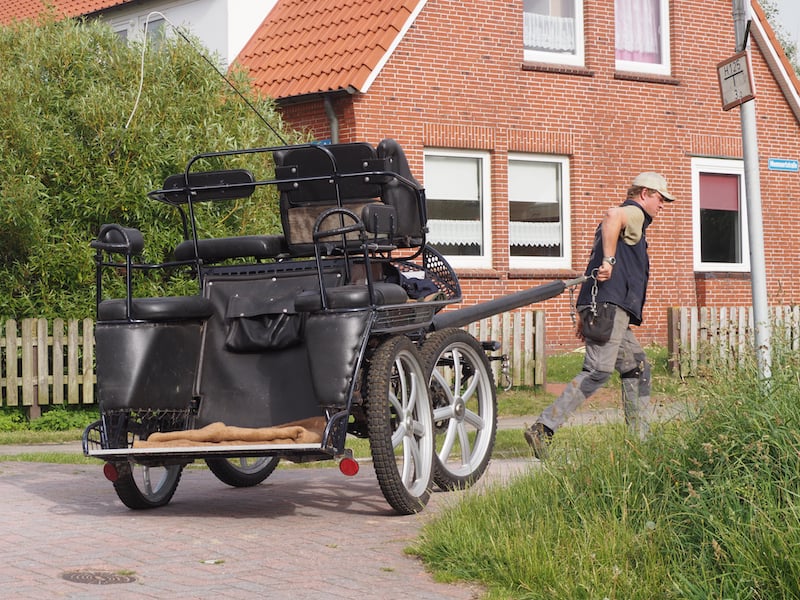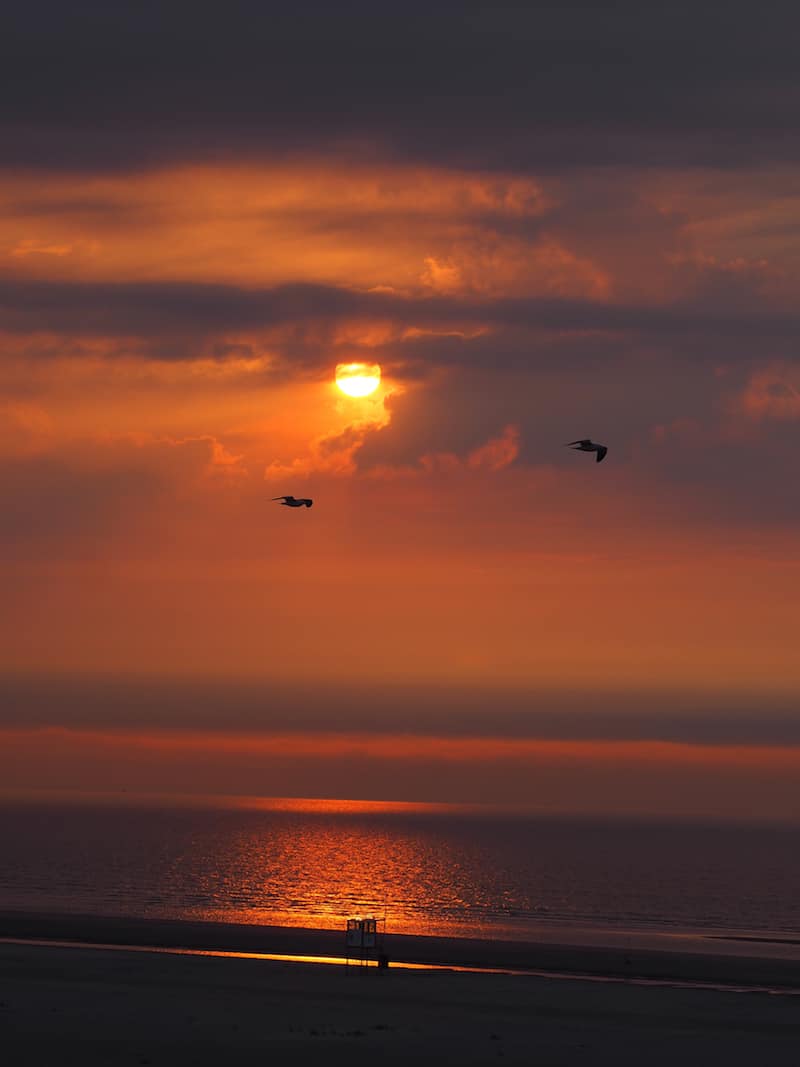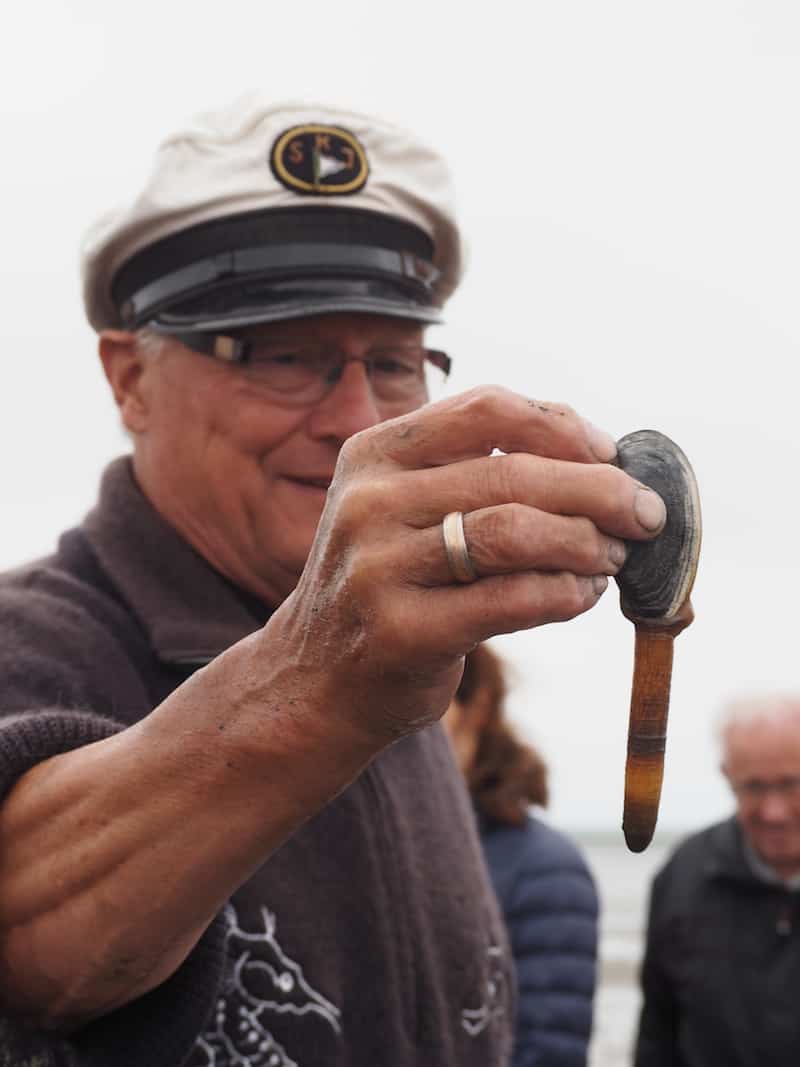Waves breaking. Every time I close my eyes, I can hear it again: Waves breaking upon the shoreline. “The North Sea does like to send us big storms every now and then, eating away at our dunes and continuing to shape our sandy beaches”, our Wadden Sea guide & local icon Heino Behring tells us with a serious tone in his voice. It is not so much faith that moves mountains on an island such as Juist, the smallest of the seven East Frisian Islands at only 500 metres wide. Rather, it is the very tidal sea and its storms that are literally capable of doing so, pushing the island further East each year. If you come here from the mountainous south (Austria, in my case), you cannot help yourself but stay fascinated by the natural phenomena.
Fascinated by the huge expanse of flat land that surrounds you: Totalling an area of 13.000 square kilometres, the UNESCO World Nature Heritage of the Wadden Sea is the largest worldwide.
And hence all the more worthy of protection, as our Wadden Sea tour with Heino Behring stands to show. The Wadden Sea refers to an immense tidal sea area stretching along the Dutch, German & Danish sea coasts to the north. It is very flat – only a few metres deep, maximum; ships such as our Frisia ferry boat taking us to the island of Juist have to embark on quite a zig-zag-course to bypass all the sandbanks and tidal streams of the Wadden Sea.

… and already on my way to Juist, sitting in the mainland train, I am pleased to discover this article about Juist (and our tour with Heino!) in a popular German travel magazine called GEO Saison.

Juist is a very natural island full of magic spots such as this one – a view upon the many salt flats near the island’s one and only airfield. There are no cars on Juist – just bikes and horses, of course ..!
Making my deep connection with the island, all the way from not even knowing how to pronounce in correctly (Juist spells “Jüst”, in German), to vowing to come again soon, is due to the nature and people of this fascinating place on Earth.
On my way from the city of Bremen and my visit of the Town Musicians of Bremen (!), it is about a two hour train journey to reach Norden-Norddeich via Emden. Norden-Norddeich literally means “North-North Dike”, and this is exactly what the small town: North, upon a dike in an otherwise completely flat land. This really challenges my sense of orientation: As an Austrian, I am used to refer to hilltops and mountain chains for orientation. However, being the international travel bird I am, I feel perfectly fine embracing the differences and challenges of the places I visit. “Wooow …. What a beautiful place!”, I keep muttering more to myself, as passers-by turn their head and smile. I beam with delight, tempted to squeal even. After visiting the Baltic Sea Coast in Germany a couple of years ago, another childhood dream is about to become reality with Juist: Being back to the North Sea, the endless expanse of its dunes, large flat beaches devoid of any masses like at the Mediterranean. The North Sea, I find, is a really really special place in many ways.

And this, of course, has to start with some food, tasting North Sea fish at the local Seestern restaurant …
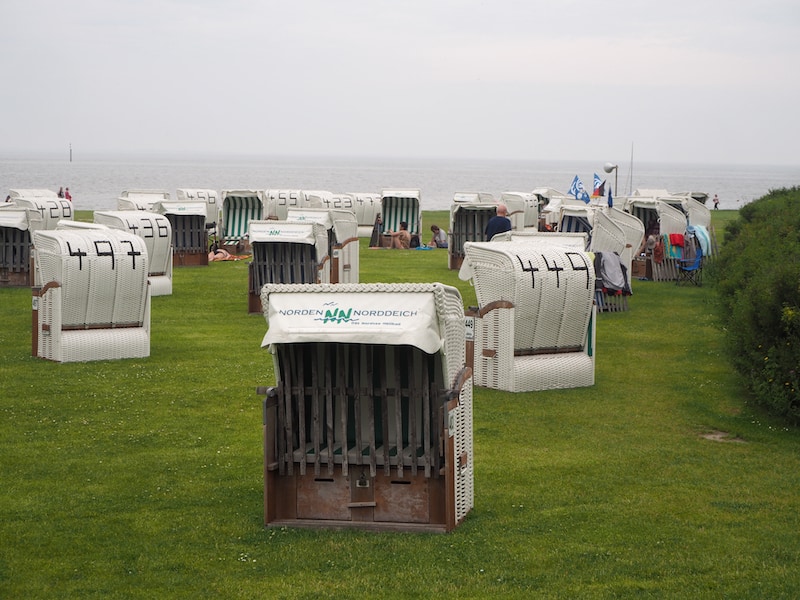
… that not only the landscape (and language!) have changed, but also the “architecture”: Those famous little huts, “Strandkorb” in German, are hugely popular among the locals and visitors alike!
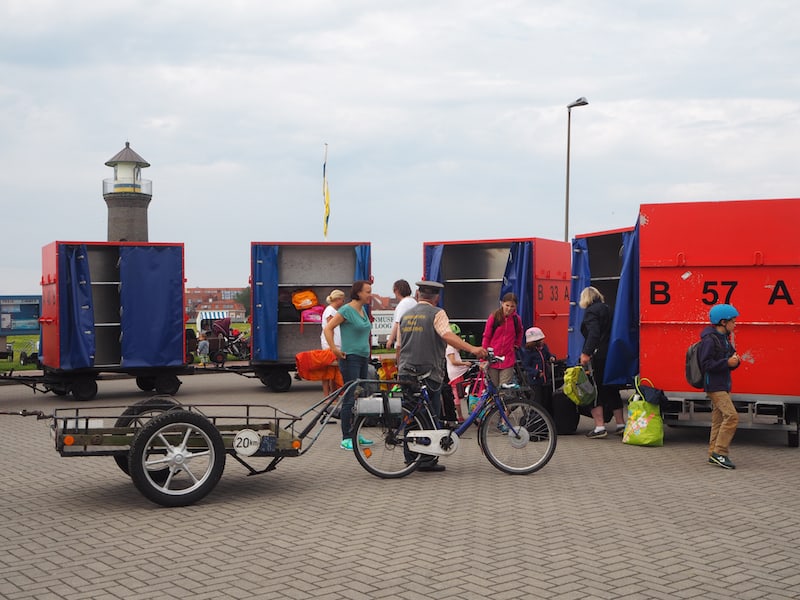
The welcome services on the island includes being picked up by your host and have your luggage transferred to the respective hotel or holiday home …
The “Sails of Slow”: What the German ZEIT wrote about the Lesachtal valley in Carinthia actually applies even more to an island such as Juist, I find.
“And then, this lady says to me, she cannot stand the enormous noise levels of the highway right behind her apartment …”, Anja Pleuger tells me, Anja from the local tourism office in Juist who has offered to take a cycling tour around Juist with me, showing me her favourite island spots. “Our guests really enjoy arriving at such a natural place – far from the stresses, city noise and fast pace of our times.” What the lady in question actually deemed to be a highway, is of course the eternal sounds of waves breaking upon the island’s 18 kilometre northern beach stretch.
This white sandy beach in the north of the island is up to 300 metres wide (remember, Juist as a whole is only 500 metres wide and some 20 kilometres in length). Each year, the entire set of the seven East Frisian Islands is being pushed further east due to tidal winds and currents. Each time, I return from the beach barefoot, without wearing shoes: Shoes, even asphalt, are overrated here where all trails are for pedestrians, cyclists and horses only. The public bus is a horse carriage, then. The air too is filled by the scent of those large, well-tempered giants; the East Frisian horse gently chewing away at the grass from the island’s salt flats. Now in early summer, the air is furthermore suffused with the scent of fresh “potato rose” plants and elderflower, Hotel Achterdiek, my beautiful accommodation on Juist, serves me home-made strawberry jam with fresh mint leaves.
All in all, a dream come true. I smell, feel, see, taste, hear and love Juist: “I know this will not be your last visit here in Juist”, Anja smiles and offers me a warm look against the cool evening breeze, as we both leat our eyes and thoughts wonder across the mighty dunes and white sandy beaches of Juist.
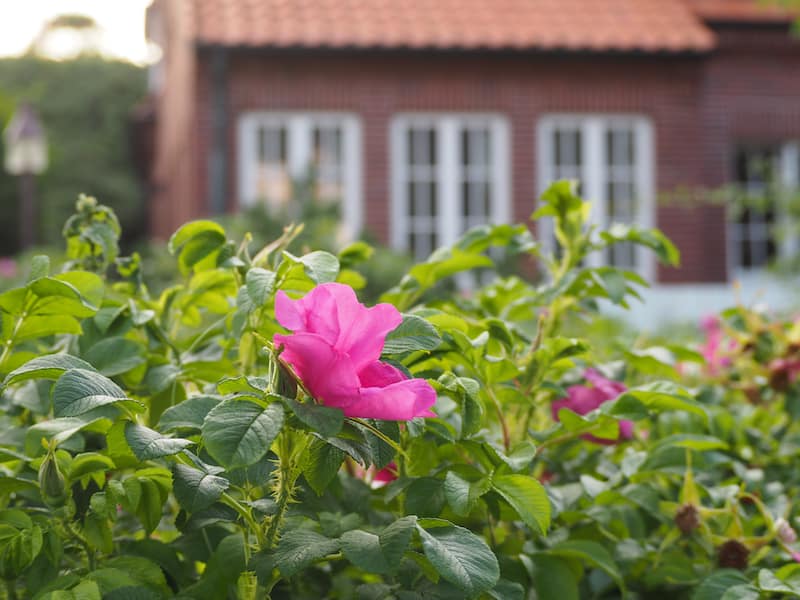
The perfectly fresh air here in this climatic spa island is suffused with the scent of these roses …
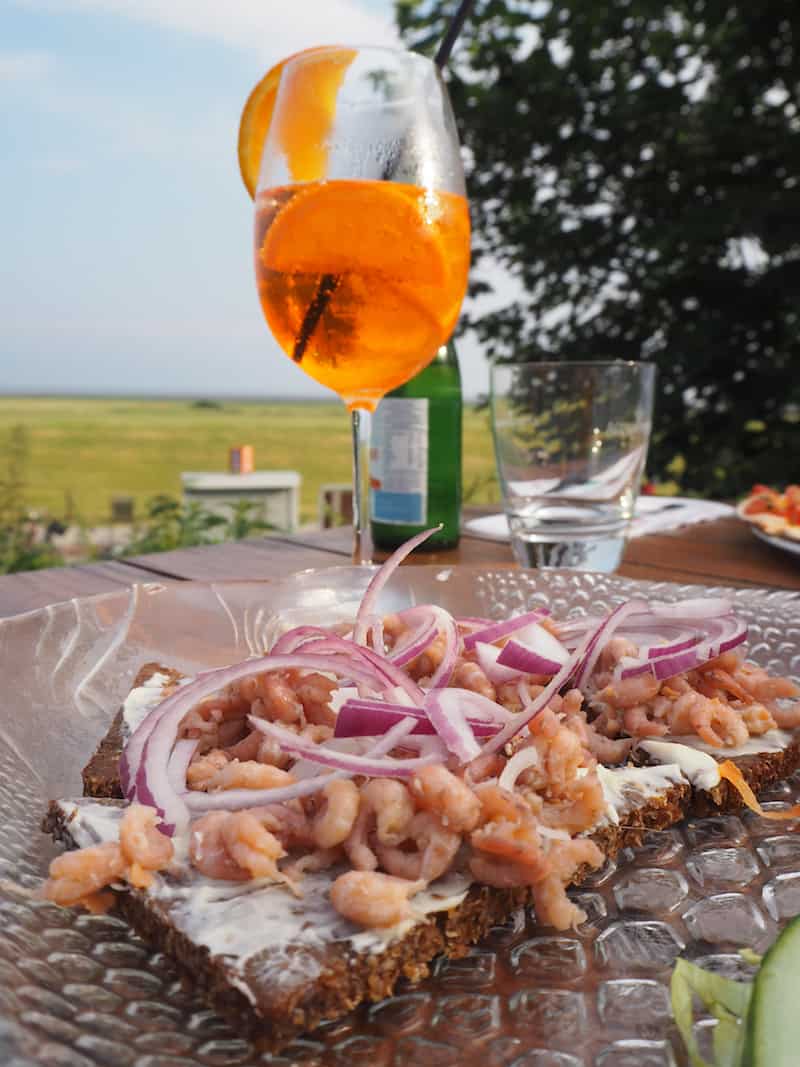
Another one of my foodie tips here for you: Tasting typical rye bread with butter and North Sea crabs, complimented by a glass of Aperol Spritz to make for your perfect first evening on Juist …
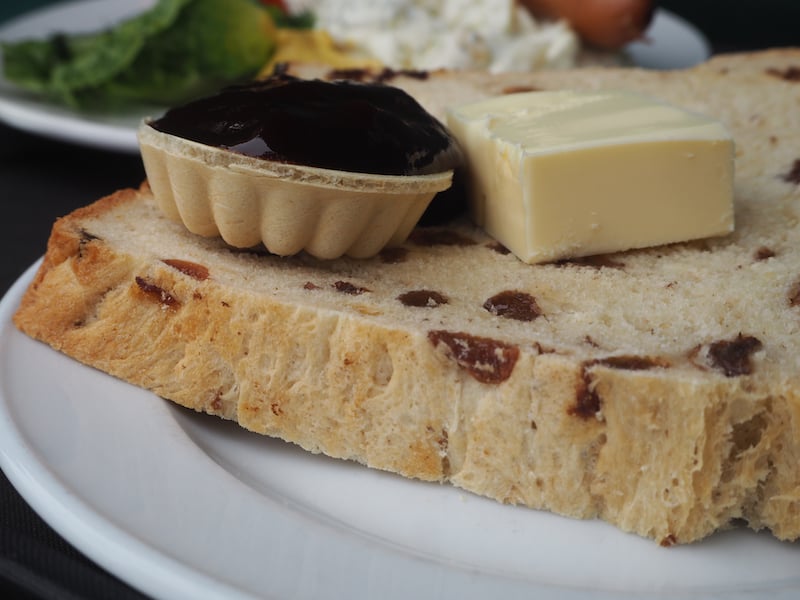
… or how about a slice of sweet bread with raisins, served with butter and plum jam? Head over to Domäne Bill in the very west of the island, which are said to bake the best such bread all over Juist.
And so here’s the story. The old salt and his lady from Austria. A love story that has already been written because …
… “I have been together with an Austrian for twelve years”, Heino Behring smiles fondly at the memory, and a warm smile spreads from the corner of his eyes. He lights up when he hears me speak, “jo, passt schon”. “Oh Elena, I used to love going to Austria ..” Well, my dear readers. This confession has taken me by total surprise. Here is Heino, a man rooted like no one else in his World Natural Heritage of the Wadden Sea, a guide taking visitors across his “childhood playground” all his life, and he happens to be in love with my home country. That really moves me. And to tell what, the almost 70 years old Heino is as fresh as ever, carrying forward the same fascination that his father, the first in a family business of Wadden Sea guides, has taught him about his homeland. People like Heino are who truly bring home the message of just how worthy of protection the land around people’s holidays homes is.
“The tides”, he starts, lowering his voice for added importance, “are the planet drawing its breath.”
“The living organism of the Wadden Sea is made up by the worm, who acts as the lungs because he keeps filtering and enriching the soil with oxygen. Crabs, fish, seals and gulls are like the Wadden Sea’s liver. Mussels, however, are the kidneys as they filter everything loose in the sea and store it – just so you know next time what you are eating”, he tells us, bemused by the expression on our faces. “The animals of the tidal sea are like giant filters for the soil, the water, the air”, he carries on, and: “Did you know that about 98% of all living creatures in the Wadden Sea live below the water’s surface?!” Heino, and this is something we all sense doing the three hour Wadden Sea tour with him, does not have a job. His is a true calling, standing here with us, sharing his favourite stories.
“People do not come here to have a beer at the bar”, he keeps emphasising towards us, stressing the importance of just how much mankind has already altered, and keeps altering, the fragile ecosystem of the mighty Wadden Sea. “Our guests come because they want to find a sound natural landscape. This has to be our top priority for development, now and in the future.”

Being a carbon neutral holiday destination and awarded with the international Green Globe label, Juist is on a good way …
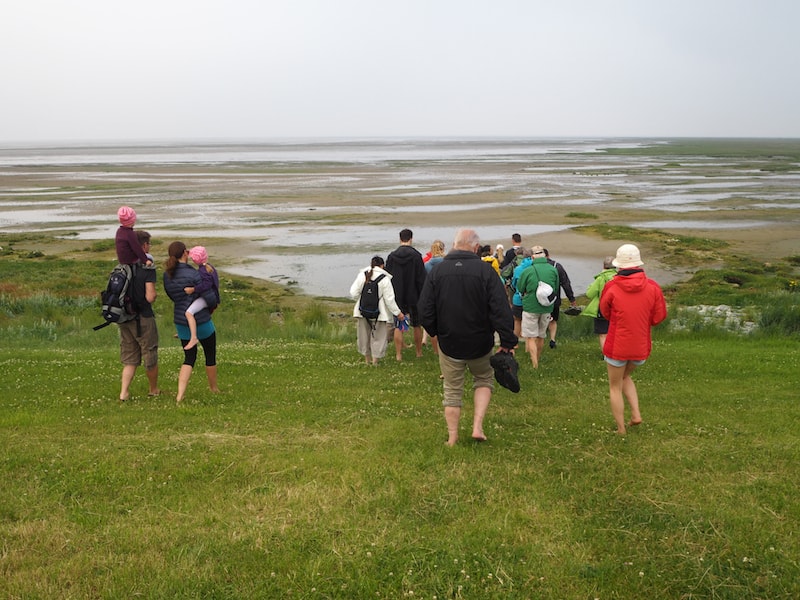
… to encourage sustainable travel, lived and turned into action by people such as Heino Behring, who embarks on a Wadden Sea journey with us.
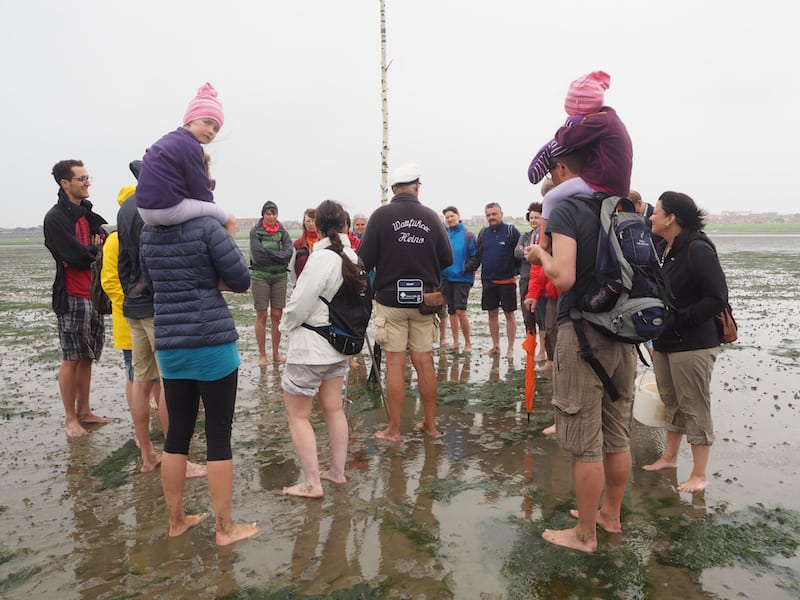
Here we are, learning all about the “magic of the Wadden Sea”, something that Heino has already learned from his father Alfred Behring …
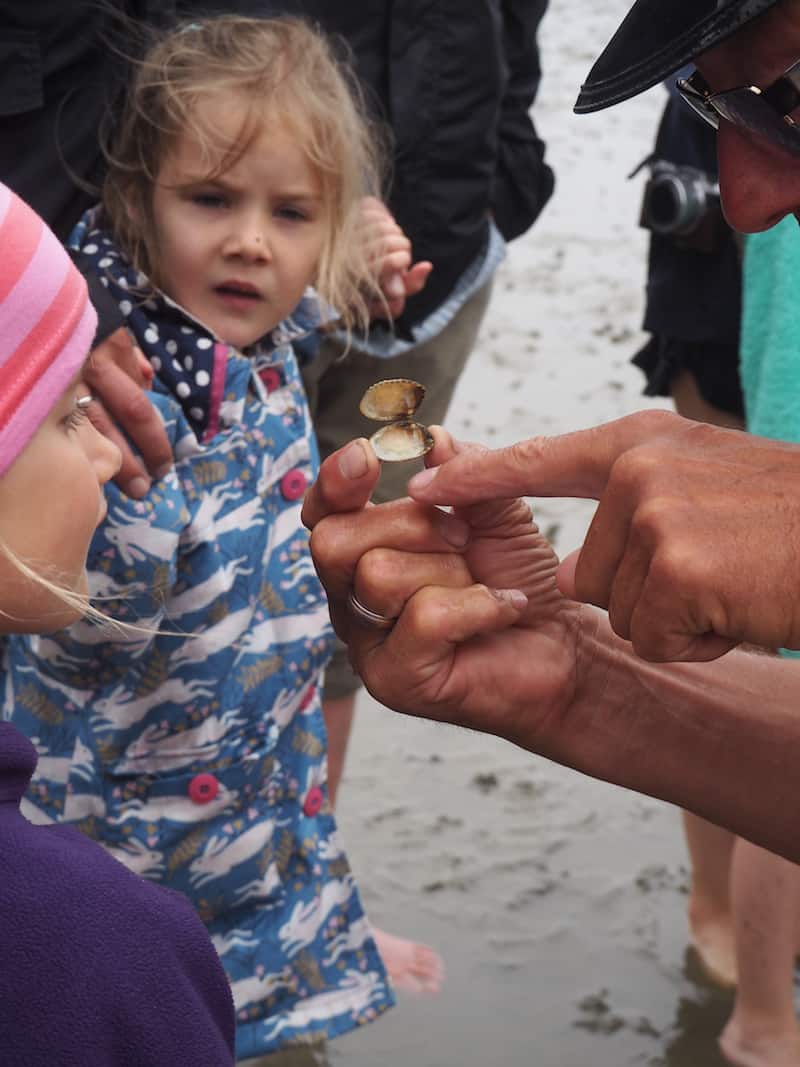
… and keeps passing on at almost 70 years old, in the same fascinated way that he has been ever since he was a young boy.
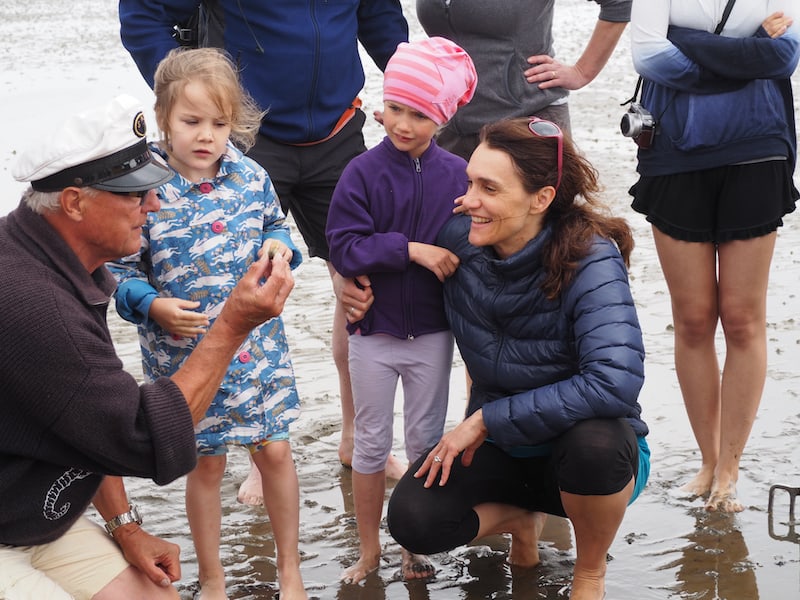
Here, for instance, Heino demonstrates how we can actually “talk to a mussel”, as you can also see in my travel video below.
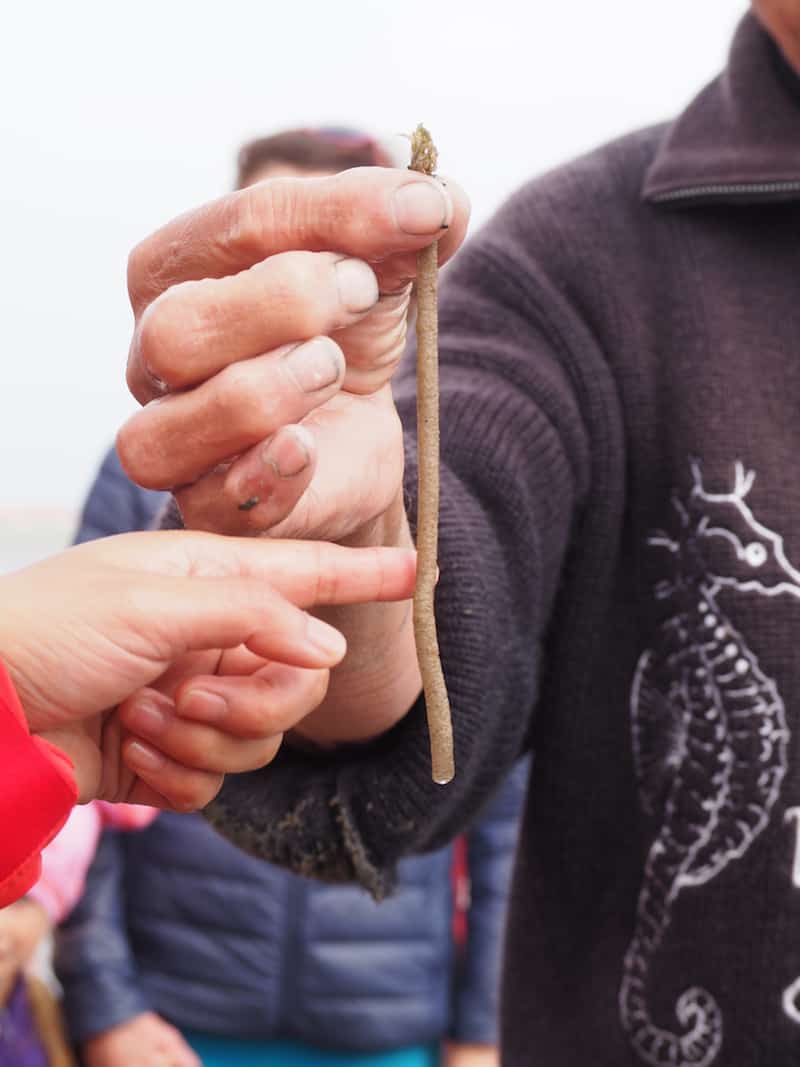
Just a little later, Heino has dug up a sand worm and shows us its characteristic “sand pipe” in the soil …

… and mussels, as we learn, are the “kidney filters of the Wadden Sea: They clear everything away, leaving sea water blank and devoid of any residue”, as this clearing example of a glass with mussels and one without shows.
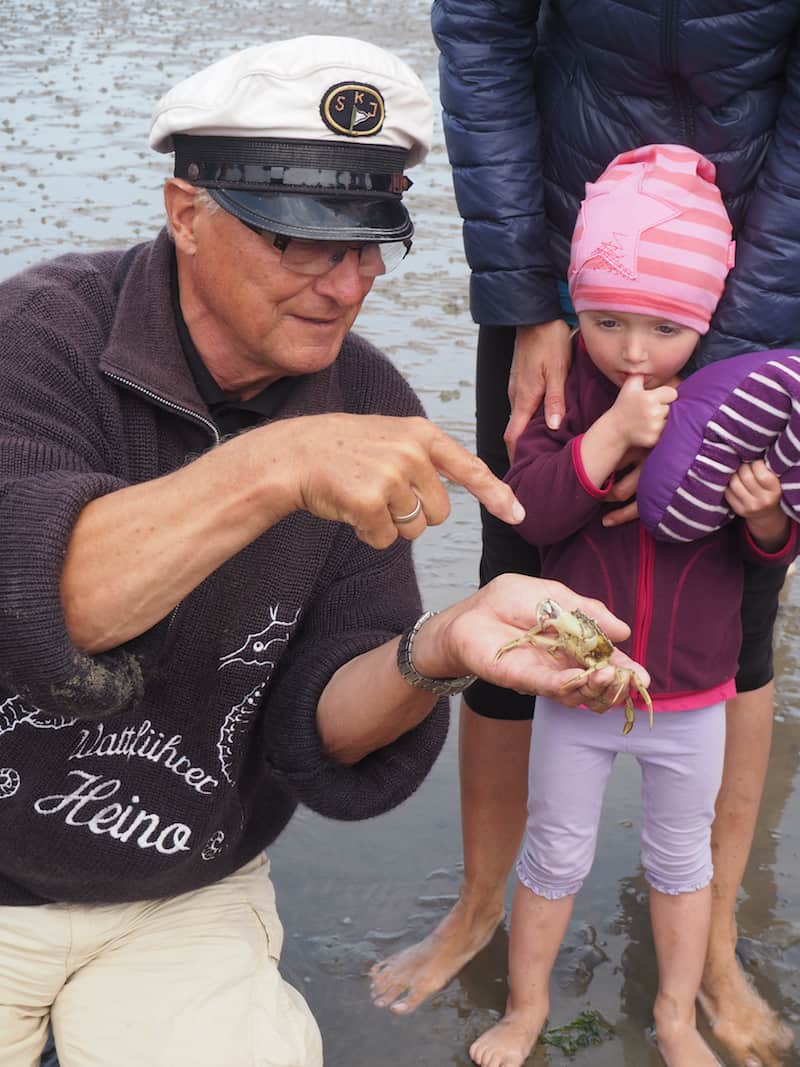
What a funny little crab! I can only, and truly, recommend you to go out into the Wadden Sea with someone like Heino Behring, as you will come back with a deep sense of respect for, and appreciation of, the natural surroundings at your feet.
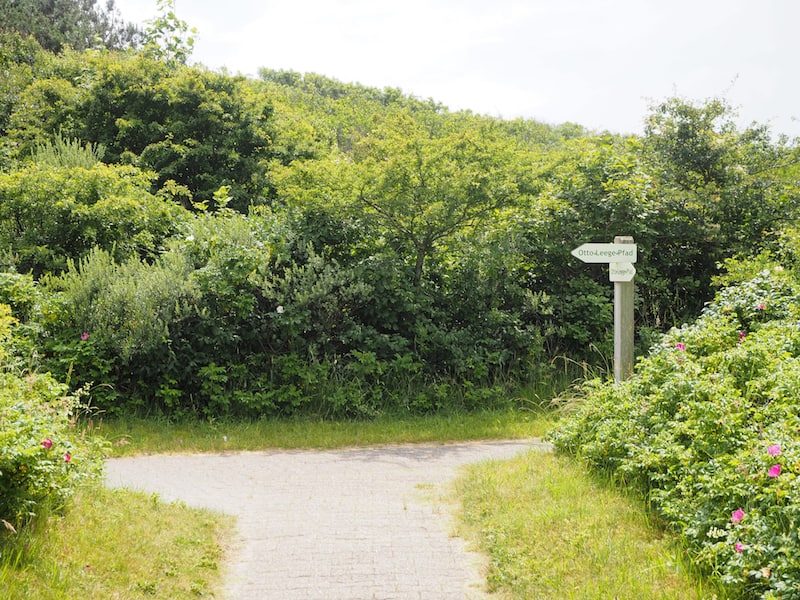
If you really love nature, then head out on to the “Otto-Leege” path built in the centre of the island …
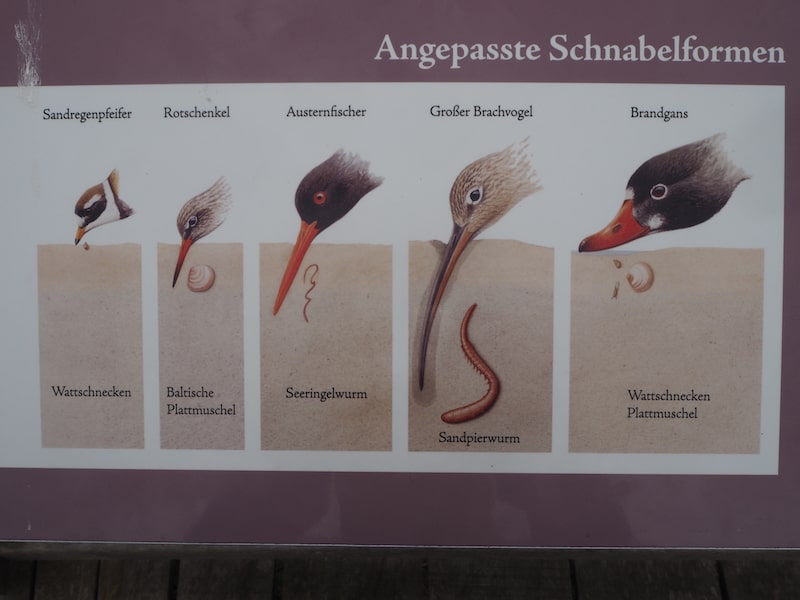
… an ecological nature trail with the purpose of inspiring and teaching visitors about the natural surroundings of Juist and the Wadden Sea!

Last but not least, take a seat in one of the colourful “Strandkörbe”, themselves an attraction for anyone on holiday here … Juist, I’ll be “Juist” back!
Check out my travel video to the North Sea as well as Lüneburg Heath Nature Park, whisking you away and right into the beautiful natural landscapes of Germany:
[su_youtube url=”https://youtu.be/9PRQOCHAyU4″ width=”800″]
Disclaimer: I have been invited by the German National Tourist Board to ” #EnjoyGermanNature ” on this nature trip to Lower Saxony. All opinions are my own.
